Drip fertigation is a method of fertilizing plants in which nutrients are delivered directly to the roots through a drip irrigation system. It can be an effective way to provide flowers with the nutrients they need to grow and thrive.
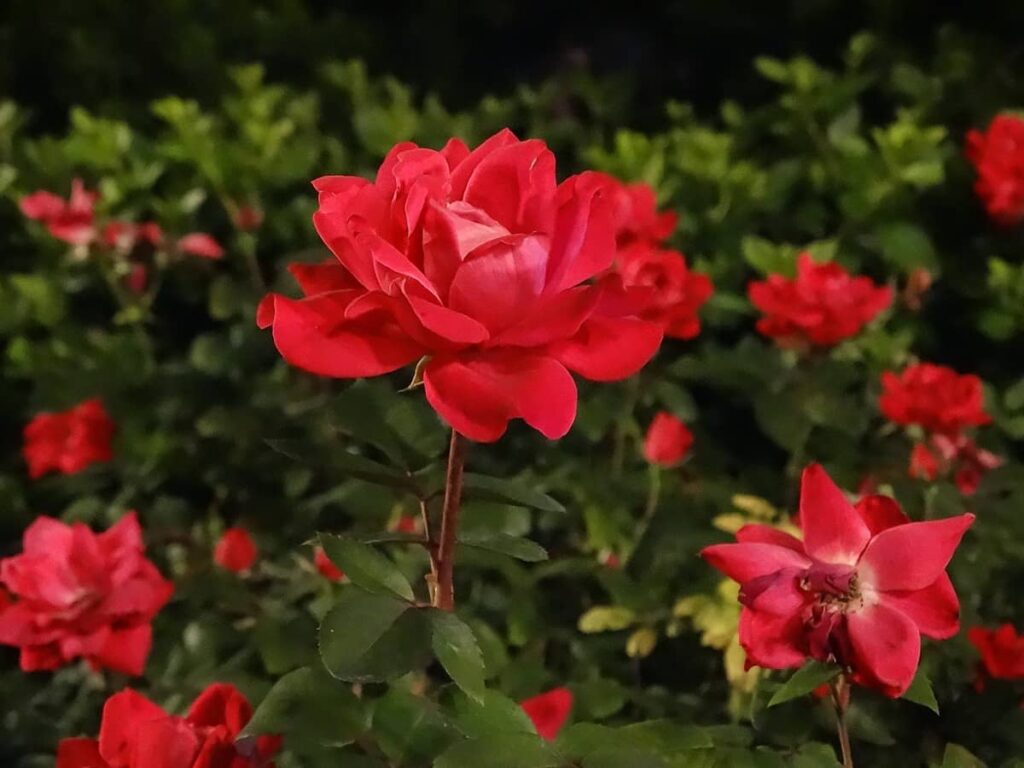
To use drip fertigation, you’ll need to set up a drip irrigation system that includes a water source, a filter, a pressure regulator, and a series of tubes or hoses that deliver water and nutrients directly to the plants. You’ll also need to choose suitable fertilizers for your plants, considering their specific nutrient needs and the pH of your soil.
Drip fertigation in flower crops
Fertigation unit in drip irrigation
A fertigation unit is a device used to inject fertilizers into an irrigation system, such as a drip irrigation system. It is designed to mix fertilizers with water and deliver the nutrient-rich solution to the root zone of plants through the irrigation system. Several types of fertigation units are available, including chemical injectors, proportioning pumps, and injector systems. These units can be manually operated or automated.
They can apply a wide range of fertilizers, including water-soluble fertilizers, controlled-release fertilizers, and organic fertilizers. Fertigation units effectively deliver fertilizers to plants in a drip irrigation system, as they allow for precise control over the application of nutrients. This can help to optimize the uptake of nutrients by plants, improve plant growth and development, and increase crop yields.
Which Fertilizer is best for the fertigation of flowers
Water-soluble fertilizers
These are liquid fertilizers that can be easily mixed with water and applied through a drip irrigation system. They are fast-acting and can provide plants with a quick boost of nutrients. Special fertilizers like mono ammonium phosphate, poly feed, Multi K, and potassium sulfate are highly soluble in water. They can be quickly delivered to plants through a drip irrigation system.
In case you missed it: Drip Fertigation in Fruit Crops: Schedule of Drip Fertigation, Pros, and Cons
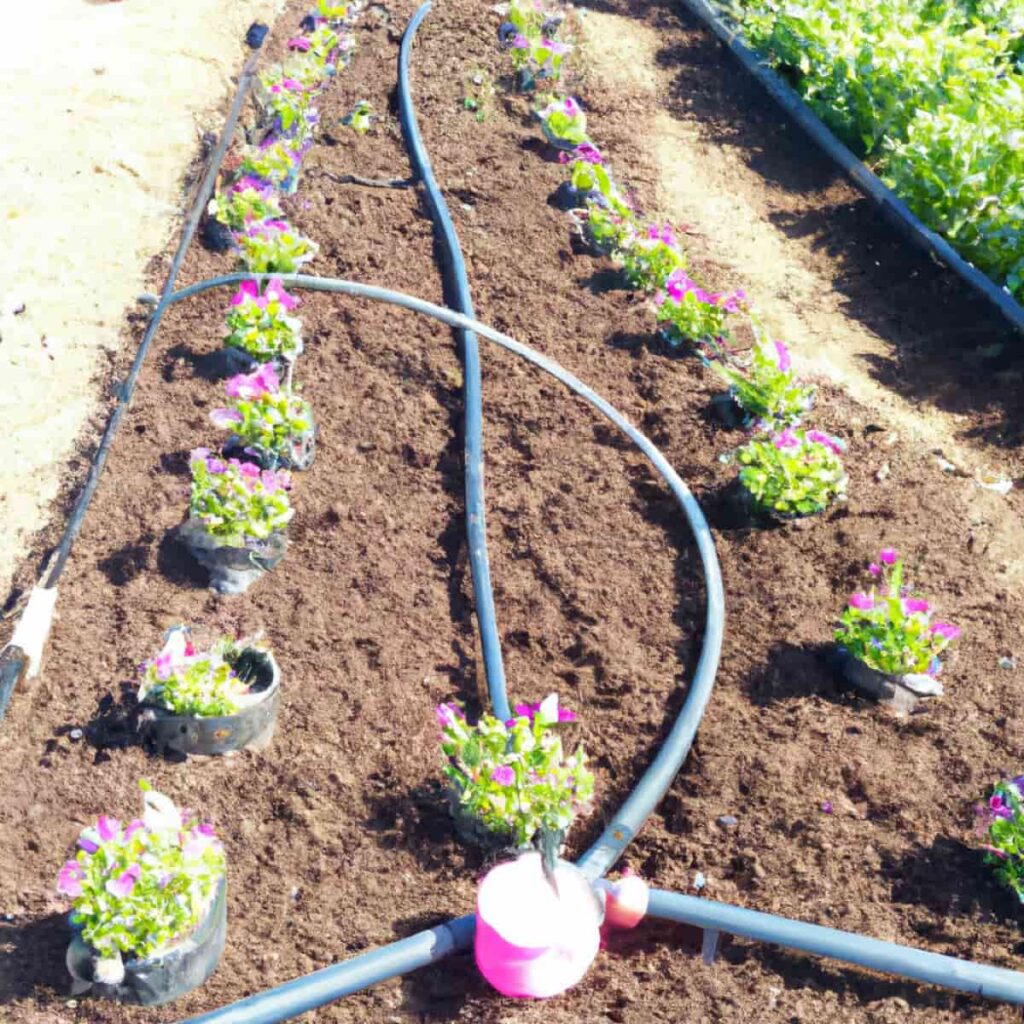
These fertilizers provide specific combinations of nutrients that can benefit certain plants or growing conditions. For example, mono ammonium phosphate contains both nitrogen and phosphorus, which can promote growth and bloom. Poly feed is a complete fertilizer that contains all three major nutrients (nitrogen, phosphorus, and potassium) in a single product. At the same time, Multi K is a fertilizer that is high in potassium and nitrogen. Potassium sulfate is a source of potassium and sulfur, both essential nutrients for plant growth.
Complete fertilizer
Most flowers require a complete fertilizer that provides them with the three major nutrients they need to grow and thrive: nitrogen, phosphorus, and potassium. Nitrogen promotes lush foliage growth, phosphorus promotes blooming and fruit formation, and potassium helps to develop healthy root systems. To stimulate blooming, choosing fertilizers with a higher percentage of phosphorus is helpful compared to nitrogen and potassium. A fertilizer with a higher potassium content can also be beneficial for helping flowers get off to a strong start by promoting healthy root growth.
Controlled-release fertilizers
These fertilizers release nutrients slowly over time, which can be beneficial for maintaining a consistent supply of nutrients to plants. Insoluble mineral fertilizers, such as rock potash and other rock powders, are some of the slowest-acting organic fertilizers. Slow-release fertilizers are coated or encapsulated to control the release of nutrients over several weeks or months. These fertilizers can be convenient for gardeners who infrequently fertilize their plants. They are often used for houseplants and outdoor containers.
Organic fertilizers
These are made from natural materials, such as compost, bone meal, blood meal, animal manure, leaf molds, fish emulsion, and non-living things, like rock phosphate. They can provide plants with a range of nutrients and may also improve the structure and fertility of the soil.
Inorganic fertilizers
These are manufactured with minerals and chemicals and may not have the same positive effects on soil fertility. Chemical fertilizers are available in various formulations, including liquid concentrates, pellets, and powders.
Factors when choosing a fertilizer for fertigation:
- Nutrient content: Different fertilizers have different nutrient ratios, such as nitrogen, phosphorus, and potassium (NPK). Choose a fertilizer with the proper nutrient balance for your flowers.
- Form: Fertilizers come in different forms, such as liquids, granules, and slow-release formulations. Choose a form that is easy to apply and most effective for your plants.
- Application rate: Follow the instructions on the fertilizer package or consult with a horticulturalist or agricultural extension agent to determine the appropriate application rate for your flowers. Overfertilization can be harmful to plants, so it’s essential to apply the right amount.
Ultimately, the best Fertilizer for your flowers will depend on the specific needs of your plants and the growing conditions in your area. It’s a good idea to consult a horticulturalist or agricultural extension agent for fertilization advice specific to your particular situation.
In case you missed it: Pradhan Mantri Fasal Bima Yojana Scheme: Guide of Crop Insurance for Farmers
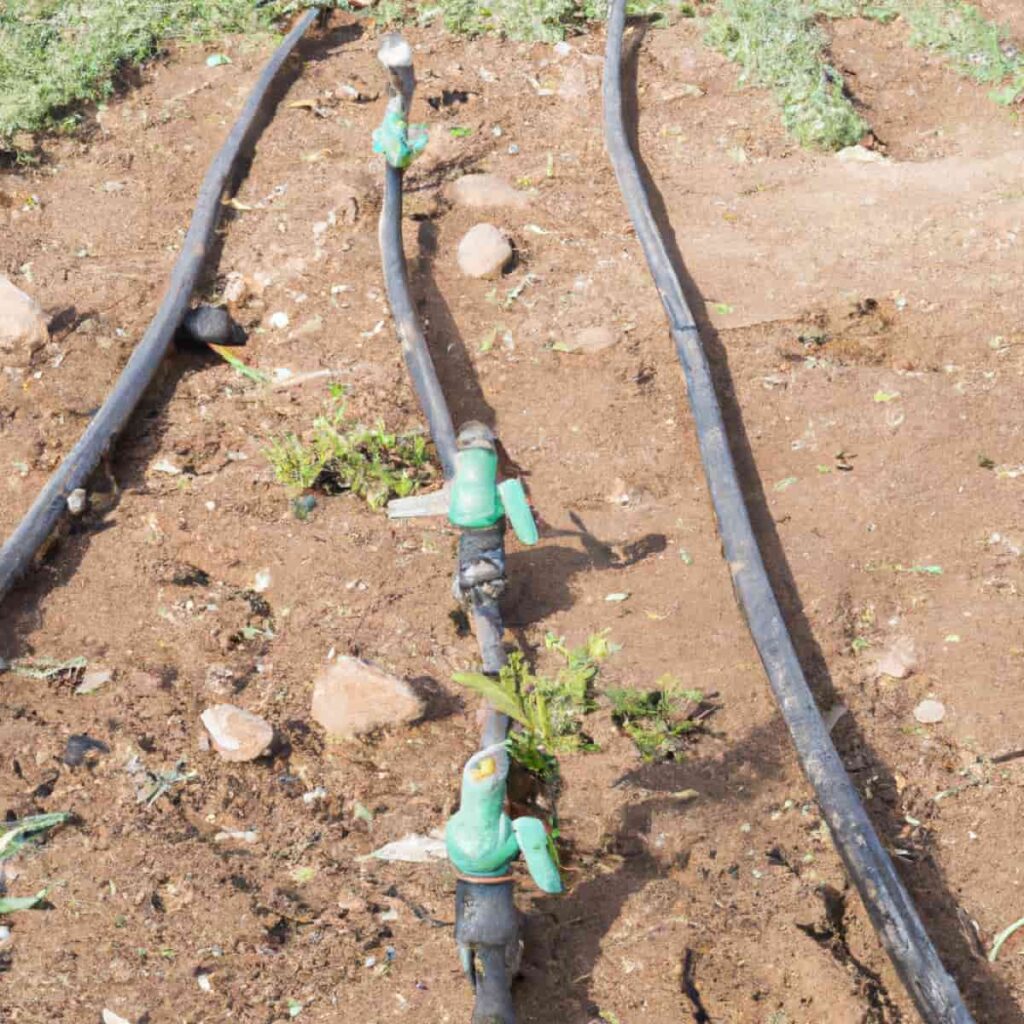
Organic vs. Synthetic fertilizers
- Organic fertilizers are typically the best for flowers in a drip fertigation system. These products are derived from natural sources and are designed to slowly release their nutrients over time, making them ideal for a drip system. Some popular organic fertilizers for flowers include fish emulsion, compost tea, and seaweed extract.
- Synthetic fertilizers are also an option for drip fertigation. While these fertilizers are not as environmentally friendly, they can offer more nutrients that may be needed for specific flowers. Synthetic fertilizers should be used sparingly, as they can quickly burn the plant’s roots if too much is applied.
The best Fertilizer for drip fertigation with flowers depends on the flower’s needs and the soil type. For example, flowers that require higher nitrogen levels may require a synthetic fertilizer. At the same time, those that need more potassium may benefit from organic fertilizers.
How to setup drip fertigation
Drip irrigation is a type of irrigation system that uses a network of tubes, pipes, and emitters to deliver water directly to the roots of plants. Drip fertigation is adding fertilizers to the water in a drip irrigation system. These are the steps to set up a drip fertigation system:
- Choose a location for your drip irrigation system. The location should be close to a water source and have access to electricity.
- Assemble the drip irrigation components. You will need a water source, a pressure regulator, a filter, a backflow preventer, a fertilization injector, and drip tubing with emitters.
- Connect the water source to the pressure regulator and filter. The pressure regulator will control the water pressure to ensure it is not too high or too low for the drip irrigation system. The filter will remove any debris or contaminants from the water.
- Install the backflow preventer to prevent water from flowing back into the water source.
- Connect the fertilization injector to the drip tubing. The fertilization injector will mix the Fertilizer with the water as it flows through the drip tubing.
- Install the drip tubing with emitters. The emitters are small devices that release water and Fertilizer directly to the roots of the plants.
- Program the fertilization injector to dispense the correct amount of Fertilizer based on the type of plants you are growing and the fertilization schedule.
- Please turn on the water source and test the drip irrigation system to ensure it works properly.
- Monitor the drip irrigation system regularly to ensure it is working correctly and make any necessary adjustments.
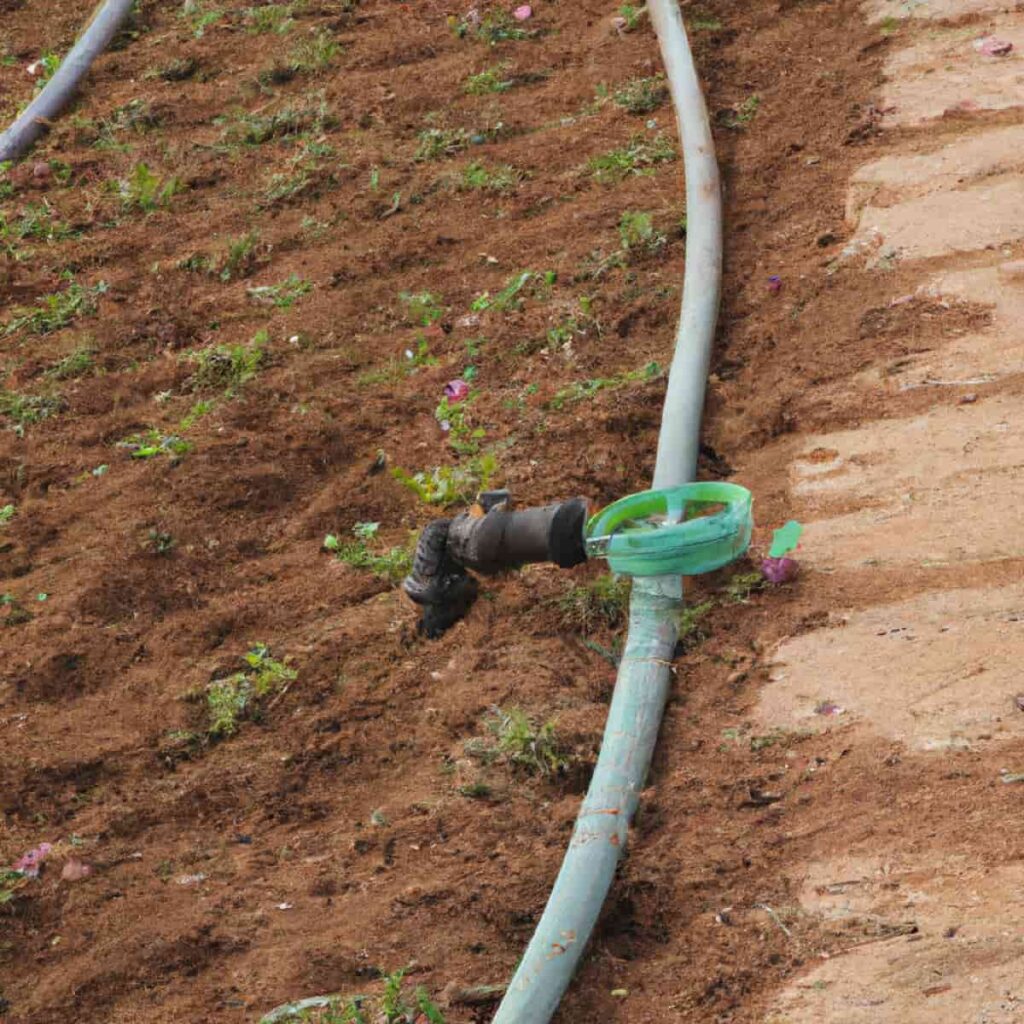
Fertigation equipment & how they use for flowering plants
Pressure differential method or Bypass tank system
The pressure differential method measures the water flow rate in a drip irrigation system. It involves measuring the pressure difference between the Inlet and Outlet of the drip tubing. The flow rate can then be calculated based on the pressure difference and the cross-sectional area of the tubing. The bypass tank system is a drip irrigation system that uses a tank to store water and a pump to pressurize the water and deliver it to the drip tubing.
The pump is controlled by a pressure switch, which turns the pump on or off as needed to maintain consistent pressure in the drip tubing. Both the pressure differential method and the bypass tank system can be used to measure and control the water flow rate in a drip irrigation system. The circumstances and constraints of the irrigation system will determine the best method.
Venturi or vacuum pump
The Venturi pump effectively mixes and transfer liquids, including liquid fertilizers, in a drip irrigation system. One of the main advantages of the Venturi pump is that it has a low discharge rate, which means that it can deliver small, precise amounts of liquid at a constant concentration. This is useful for delivering fertilizers to plants because it allows you to accurately control nutrient concentration and quantity.
In case you missed it: Growing Red Chilli Organically in Andhrapradesh: Farming Practices and Production Management
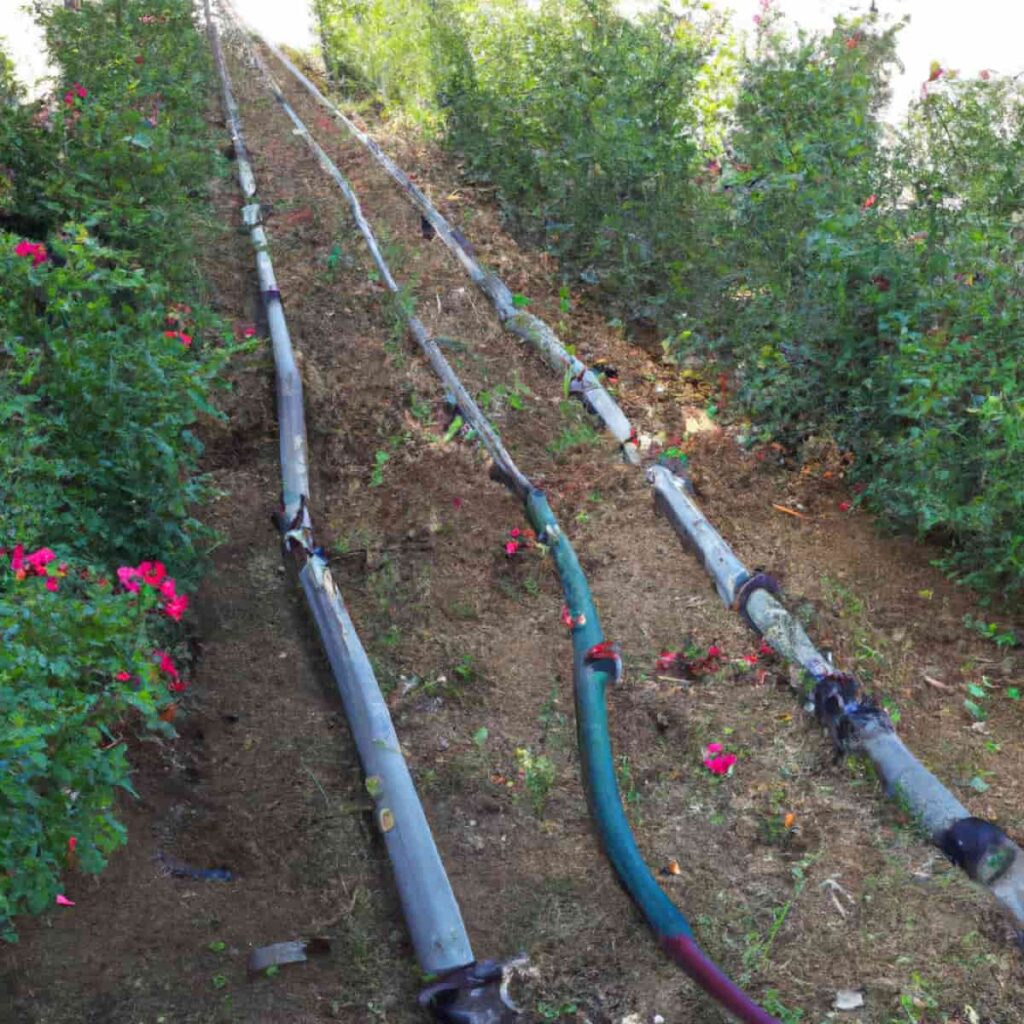
The Venturi pump works by using the Venturi effect to increase the velocity of the liquid and create a low-pressure area. This low-pressure area is used to draw in and mix a second fluid, such as air or another liquid, into the first fluid. When it comes to drip irrigation, the second fluid is usually water, and the first is liquid Fertilizer. The Venturi pump should be connected to the pipeline to mix the Fertilizer with the water as it flows through the drip tubing.
One of the disadvantages of the Venturi pump is that it can cause a pressure drop in the system, which may affect the overall performance of the irrigation system. However, this can often be mitigated by using a pressure regulator or increasing the pipeline’s size. Overall, the Venturi pump is a relatively cheap and effective way to deliver fertilizers to plants in a drip irrigation system.
Displacement pump
Also known as a positive displacement pump, this pump can deliver liquid fertilizers in a drip irrigation system. Displacement pumps use a mechanical action, such as a rotating impeller or a reciprocating piston, to move a fixed volume of fluid from the pump’s inlet to its outlet. This allows them to deliver a constant flow rate and fluid concentration, making them well-suited for delivering fertilizers to plants. One of the main advantages of displacement pumps is that they have good nutrient concentration and quantity control and can deliver fertilizers at a constant concentration.
They also have a higher order of automatic control, which means that they can be more accurate and precise in their delivery of fertilizers. However, displacement pumps are generally more expensive than other pumps and may require a separate power source. In addition, the impeller and casing of the pump must be made of non-corrosive materials, such as nylon or polycarbonate, to prevent corrosion and wear.
In a drip irrigation system, a displacement pump is typically used with a tank to store the fertilizer solution. The pump draws the fertilizer solution from the tank. It injects it into the irrigation system, which is mixed with the water and delivered to the plants. Overall, displacement pumps are a reliable and accurate way to deliver fertilizers in a drip irrigation system. Still, they may be more expensive and require more maintenance than other pumps.
Hydraulic dosing pumps or non-electric proportional injectors
hydraulic dosing pumps, also known as non-electric proportional injectors, are a type of pump used to deliver fertilizers in a drip irrigation system. These pumps work by using the pressure of the water supply to drive the injection mechanism, which mixes the fertilizers with the water as it flows through the irrigation system. One of the main advantages of hydraulic dosing pumps is that they are simple, reliable, and don’t require an external power source.
In case you missed it: Growing Onions Organically in Maharashtra: Cultivation Practices and Production Management
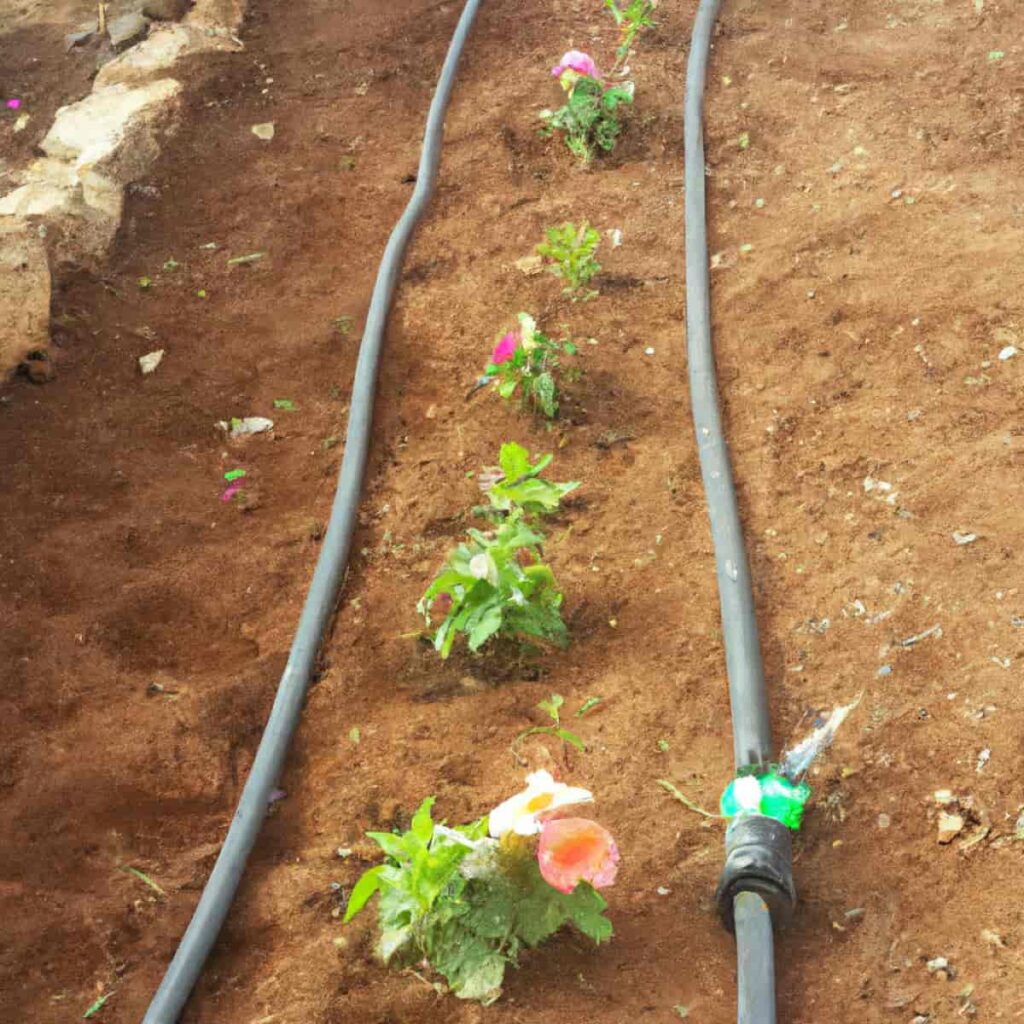
They are easy to install and maintain and relatively inexpensive compared to other pumps. Hydraulic dosing pumps are available in various sizes and configurations. The injection rate can be factory pre-set or adjusted by an adjustable setting on the injector body. The injection rate is proportional to the flow of water passing through the pump, which means that the resulting solution strength is constant even if the water flow varies.
This makes hydraulic dosing pumps well-suited for drip irrigation systems, where the water flow may fluctuate due to temperature, humidity, or other factors. Overall, hydraulic dosing pumps are a simple and effective way to deliver fertilizers in a drip irrigation system. They are reliable, easy to use, and relatively inexpensive. They can provide a constant solution strength even if the water flow varies.
- Aquaponic Farming at Home: A Step-By-Step Guide
- Profitable Village Farming Business Ideas in 2024
- High-Yield Aquaculture: Fast-Growing Fish for Farming
- Effective Fish Pond Construction Techniques for Beginners
- Irrigation and Water Management in Pineapple Farming
- Blossom to Harvest: Mastering Flowering and Pollination in Papaya Farming
- Pig Fattening Essentials: From Selection to Sale for Beginners
- Raising Wagyu Cattle: A Complete Guide for Premium Beef Production
- Soil Types and Their Water Holding Capacity
- Optimizing Irrigation Schedules for Coconut Groves for Enhanced Yield
- Espresso Your Garden: Coffee Grounds for Healthier Acid-Loving Plants
- The Best Soil Mix for Snake Plants: How to Mix Your Own Snake Plant Soil
- Green Thumb Success: Expert Tips for Cultivating Greenhouse Beans All Year Round
- Bloom All Year Round: The Ultimate Guide to Indoor Hyacinth Care
- Eco-Friendly Gardening: How to Make Liquid Fertilizer from Kitchen Waste
- Ultimate Guide to Grow Anise in Pots: Explore Seed Propagation to Harvesting
- Guide to Raising Chester White Pigs: Discover Breed Facts to Growth Management
- Mastering the Elegance: The Ultimate Guide to Weeping Cherry Tree Care, Planting, and Maintenance
- Ultimate Guide to Planting Garlic in Grow Bags: Growing Strategies for Beginners
- How to Fix Spider Plant Leaf-Related Problems: Natural and Organic Remedies
- 10 Reasons Why Your Tulsi Plant is Shedding Leaves: Home Remedies and Solutions
- Optimizing Growth and Yield: The Advantages of Palm Bunch Ash Fertilizer
- Utilizing Neem Oil Extract as a Natural Pesticide for Hydrangea
- From Soil to Harvest: Various Ways in Which Farmers Can Use AI Tools
- Steps to Encourage and Induce Citrus Flowers: A Comprehensive Guide
- How to Fix Snake Plant Leaf-Related Issues: Natural and Organic Remedies
- Transform Your Garden into a Fragrant Oasis with Raat Ki Rani (Night Blooming Jasmine)
- Discover the Ideal Chicken Breeds for Philippine Farms
- How to Create a Poultry Egg Farm Business Plan for Profits
- Grow Lemon Cucumbers Like a Pro: Insider Techniques for Bountiful Yields
- Ultimate Guide to Caring for Your Pink Princess Philodendron: Tips for Thriving Variegation
- Areca Nut Profit Per Acre: Calculating Yield and Cost of Cultivation
- How Kaveri Chicken is Becoming a More Profitable Breed in Indian Backyards
- Transform Your Barn: 9 Steps to Convert a Horse Stall into a Chicken Coop
- Exploring Suffolk Sheep Disadvantages with Limitations and Challenges
- Guide to Solving Potted Lemon Tree Problems: How to Revive Lemon Tree in Containers
